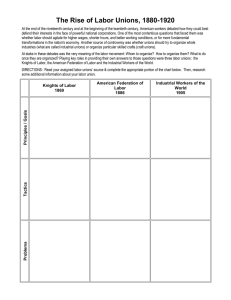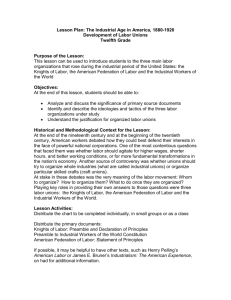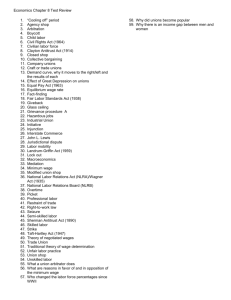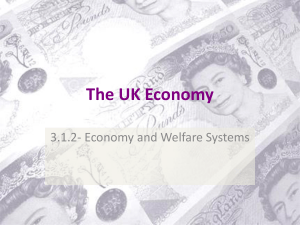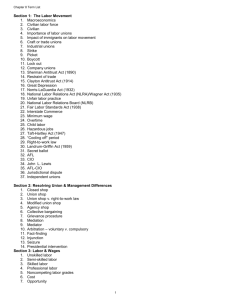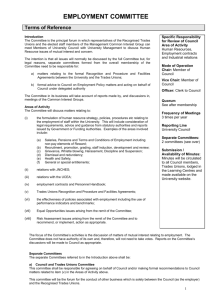2.9 The Chinese Exclusion Act, Again
advertisement
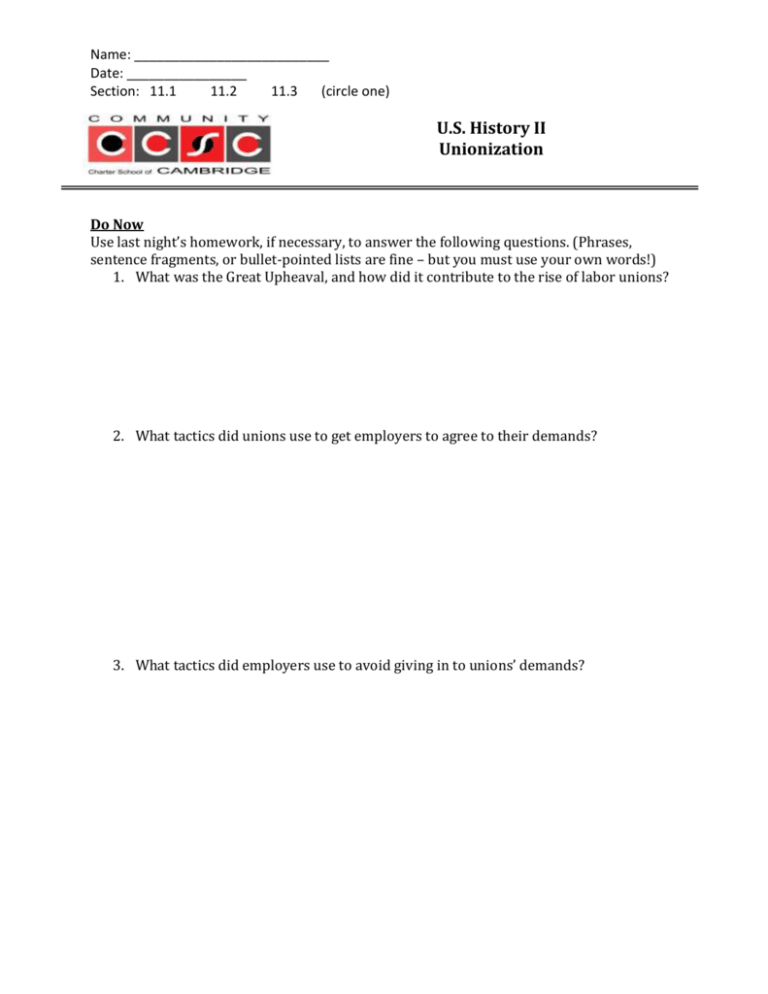
Name: __________________________ Date: ________________ Section: 11.1 11.2 11.3 (circle one) U.S. History II Unionization Do Now Use last night’s homework, if necessary, to answer the following questions. (Phrases, sentence fragments, or bullet-pointed lists are fine – but you must use your own words!) 1. What was the Great Upheaval, and how did it contribute to the rise of labor unions? 2. What tactics did unions use to get employers to agree to their demands? 3. What tactics did employers use to avoid giving in to unions’ demands? Exit Ticket Summarize the goals, tactics, and achievements of American labor unions during the Gilded Age and Progressive Era. 8 Awesome 7 Solid 6 Getting there 5 Needs serious work 4 Missed the point completely Document A. Preamble and Declaration of Principles of the Knights of Labor to America, 1885 The alarming development and aggressiveness of great capitalists and corporations, unless checked, will inevitably lead to the pauperization [impoverishment] and hopeless degradation of the toiling masses. It is imperative, if we desire to enjoy the full blessings of life, that a check be placed upon unjust accumulation, and the power for evil of aggregated wealth…. Therefore we have formed the Order of Knights of Labor, for the purpose of organizing and directing the power of the industrial masses, not as a political party… but it should be borne in mind, when exercising the right of suffrage [voting], that most of the objects herein set forth can only be obtained through legislation… [W]e demand… The adoption of measures providing for the health and safety of those engaged in mining and manufacturing, building industries, and for indemnification to those engaged therein for injuries received through lack of necessary safeguards. The recognition, by incorporation, of trades' unions, orders and such other associations as may be organized by the working masses to improve their condition and protect their rights. The enactment of laws to compel corporations to pay their employees weekly, in lawful money, for the labor of the preceding week… The prohibition by law of the employment of children under 15 years of age in workshops, mines and factories… That the importation of foreign labor under contract be prohibited… And while making the foregoing demands upon the State and National Government, we will endeavor [work] to associate our own labors. To establish co-operative institutions such as will tend to supersede the wage system, by the introduction of a co-operative industrial system. To secure for both sexes equal pay for equal work. To shorten the hours of labor by a general refusal to work for more than eight hours. To persuade employers to agree to arbitrate all differences which may arise between them and their employees, in order that the bonds of sympathy between them may be strengthened and that strikes may be rendered unnecessary. Document B. American Federation of Labor, Declaration of Principles, 1886 Whereas a struggle is going on in the nations of the civilized world, between the oppressors and oppressed of all countries, a struggle between capital and labor which must grow in intensity from year to year and work disastrous results to the toiling millions of all nations, if not combined for mutual protection and benefits. The history of the wage workers of all countries is but the history of constant struggle and misery, engendered by ignorance and disunion… The various trades have been affected by the introduction of machinery, the subdivision of labor, the use of women's and children's labor and the lack of an apprentice system, so that the skilled trades are rapidly sinking to the level of pauper labor. To protect the skilled labor of America from being reduced to beggary and to sustain the standard of American workmanship and skill, the trades unions of America have been established. Document C. Preamble to the Constitution of the Industrial Workers of the World, 1908 The working class and the employing class have nothing in common. There can be no peace so long as hunger and want are found among millions of the working people and the few, who make up the employing class, have all the good things of life. Between these two classes a struggle must go on until the workers of the world organize as a class, take possession of the means of production, abolish the wage system, and live in harmony with the Earth. We find that the centering of the management of industries into fewer and fewer hands makes the trade unions unable to cope with the ever growing power of the employing class. The trade unions foster a state of affairs which allows one set of workers to be pitted against another set of workers in the same industry, thereby helping defeat one another in wage wars. Moreover, the trade unions aid the employing class to mislead the workers into the belief that the working class have interests in common with their employers. These conditions can be changed and the interest of the working class upheld only by an organization formed in such a way that all its members in any one industry, or in all industries if necessary, cease work whenever a strike or lockout is on in any department thereof, thus making an injury to one an injury to all. Instead of the conservative motto, "A fair day's wage for a fair day's work," we must inscribe on our banner the revolutionary watchword, "Abolition of the wage system." It is the historic mission of the working class to do away with capitalism. The army of production must be organized, not only for everyday struggle with capitalists, but also to carry on production when capitalism shall have been overthrown. By organizing industrially we are forming the structure of the new society within the shell of the old. Organizer: Major Trade Unions Use your lecture notes and your readings of Documents A, B, and C to fill out the following organizer. Knights of Labor What were their fundamental beliefs? What were their goals? What kinds of workers did they include? What kinds of workers did they exclude? American Federation of Labor Industrial Workers of the World Name: __________________________ Date: ________________ Section: 11.1 11.2 11.3 (circle one) U.S. History II HW 2.9: The Chinese Exclusion Act (Again) Instructions For homework tonight, you should revisit the set of primary sources in your coursepack titled “Primary Sources: The Chinese Exclusion Act” (pp. 44-47). Fill in the following chart. (You don’t have to answer every single subquestion – 1-2 sentences per box is fine.) Document A Origins – Where does the source come from? Who wrote it? When? Primary or secondary? Format? Purposes – Why was the source created? Author’s motive? Intended audience? Tone? Values – Why is this source useful to you, as an historian? What perspective does the author represent? What does the source help explain? Limitations – Why shouldn’t you trust this source completely? Bias? Missing information? Document B Document C Origins – Where does the source come from? Who wrote it? When? Primary or secondary? Format? Purposes – Why was the source created? Author’s motive? Intended audience? Tone? Values – Why is this source useful to you, as an historian? What perspective does the author represent? What does the source help explain? Limitations – Why shouldn’t you trust this source completely? Bias? Missing information? Document D

